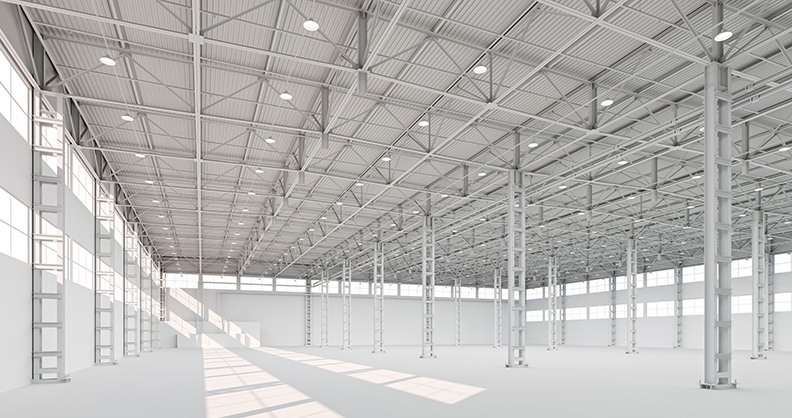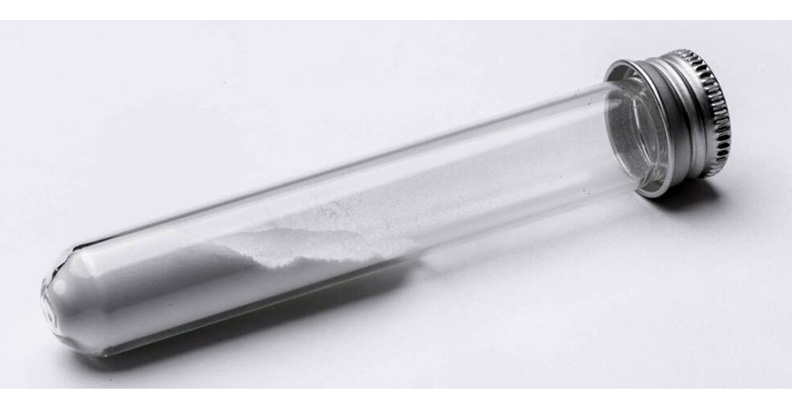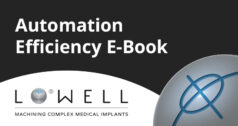
Whether from the current global pandemic or at a more micro-scale, healthcare providers and orthopedic OEMs are under immense pressure to adapt quickly and perform exceptionally. There is no time to “guess and check” with hopes that a new product launch will hit the mark. This is all while trying to evolve with emerging Industry 4.0 topics, understand new technologies and cut costs to remain competitive in the market while keeping shareholders content. It is easy to lose sight of what lies at the core: patient safety and improved clinical outcomes.
With the immense pressure to develop high quality, innovative products, one of the key challenges is understanding how available tools, like additive manufacturing (AM), can be used to streamline and enable innovation. When thinking about AM as another tool in the set, a good place to start is by understanding the core question—should we use AM, and why? If AM is the tool for the job, then the next question is, how do we characterize, validate and ultimately ensure patient safety?
Should We Use AM and Why?
When assessing an application, it’s important to determine the most appropriate solution to achieve the desired outcome. We find that AM is best suited when the goal is to achieve:
- Functional improvement
- Weight reduction
- Supply chain efficiency
- Tool improvement
In orthopedics, functional improvement has been the key historical driver for adoption of AM through its ability to remove design constraints and build in porous structures for osseointegration. In the aerospace world, key drivers have been weight reduction and supply chain efficiency. Weight reduction has found a home, especially in the space industry, where weight is king, through the use of generative design techniques to maintain strength. Supply chain efficiency has been realized by printing closer to net shape and replacing long lead times and tooling-heavy processes like investment casting. The ability to hone and optimize tool design through techniques like conformal cooling has drastically changed the mold and die industries.
How can the healthcare market take these lessons to find out-of-the-box solutions to everyday problems? One way is through instruments. The processing of instrument sets requires moving around 50+ pound sets and is incredibly expensive and inefficient. Many instruments have not seen a redesign in years, or even decades. As the usage and expertise found with topology optimization and generative design improves across the industry, we will begin to see some exciting new developments in this market. Through Design for Additive Manufacturing, the weight and volume of surgical sets can be drastically reduced, which helps improve patient outcomes, as well as reduces the cost of care.
AM is a complementary technology that can enable a wide array of creative solutions to problems faced by surgeons, hospitals, OEMs and contract manufacturers.
How do we Characterize, Validate and Ensure Patient Safety?
If it’s determined that AM is the right solution for the problem at hand, we need to take into account the role that all of the components play.
Implementation of the software, hardware and materials that are innate to AM for healthcare requires a strong, foundational quality management system (QMS). The QMS guides a risk-based approach to implementing this new technology. It can be challenging to navigate a new process without having a deep understanding of its ins and outs. This is an opportunity to align with a strong partner – one that possesses deep experience and expertise – to facilitate the implementation of process controls and a validation strategy, which in turn accelerates the path to market. Any emerging technology can be difficult to adequately control and characterize, but with a strong and experienced partner, common or even hidden pitfalls can be easily avoided.
AM is inherently a special process, and it requires special process validation to ensure that the outputs are expected. FDA has provided a solid guideline for industry to consider when using AM to manufacture medical devices. Controlling the various aspects of the process, from digital workflow, through AM, and ultimately final post-processing, is an essential requirement prior to validation. Process characterization enables us to understand the intricacies of the process and ensure that adequate process specifications are challenged and tested as part of the validation campaign. A solid partner, like 3D Systems, can provide the full end-to-end solution that includes materials, hardware, software and services.
Once the process and equipment are controlled, characterized and validated, the fun really begins…working on novel applications. When developing a new product, many of the conventional manufacturing and supply chain constraints do not apply. AM allows us to design orthopedic devices in ways not possible with traditional manufacturing technologies. With this new-found freedom of design, it is incredibly important not to lose sight of the end goals. To ensure maximum success, the product and process need to be de-risked throughout the development cycle, with quality built into the process in the same way that novel features and functions have been enabled through AM.
What does the Future Hold for AM?
As more and more users embrace AM as part of their manufacturing workflow, and the technology continues to evolve, the healthcare world will do so as well. Innovations in support (or support-less) strategies can make production more efficient. In-process monitoring can make validation, inspection and even patient-matched implant production more robust. The continued innovation in design across industries will drive improved economic factors, as well as patient outcomes, as industries cross-pollinate and share best practices and new techniques.
Jeph Ruppert is Director of 3D Systems’ Metals Customer Innovation Center (CIC) in Littleton, Colorado, where he channels his passion for enabling better healthcare through innovative technologies. In the CIC, Mr. Ruppert leads the company’s application development, professional services and training operations for the Americas and Asia within the realm of metal additive manufacturing. Renowned for his expertise in process control, validation and characterization using metal AM within the medical device and other critical application industries, Mr. Ruppert has supported the manufacture of nearly one million medical devices to date and more than 85 customer 510(k) clearances and CE Mark approvals. He is a key contributor to regulatory organizations, providing guidance which helps shape industry standards. Mr. Ruppert received his Bachelor of Science in Molecular Biology and Economics from the University of Colorado – Boulder, and he writes and speaks frequently, sharing his expertise in metal AM.




